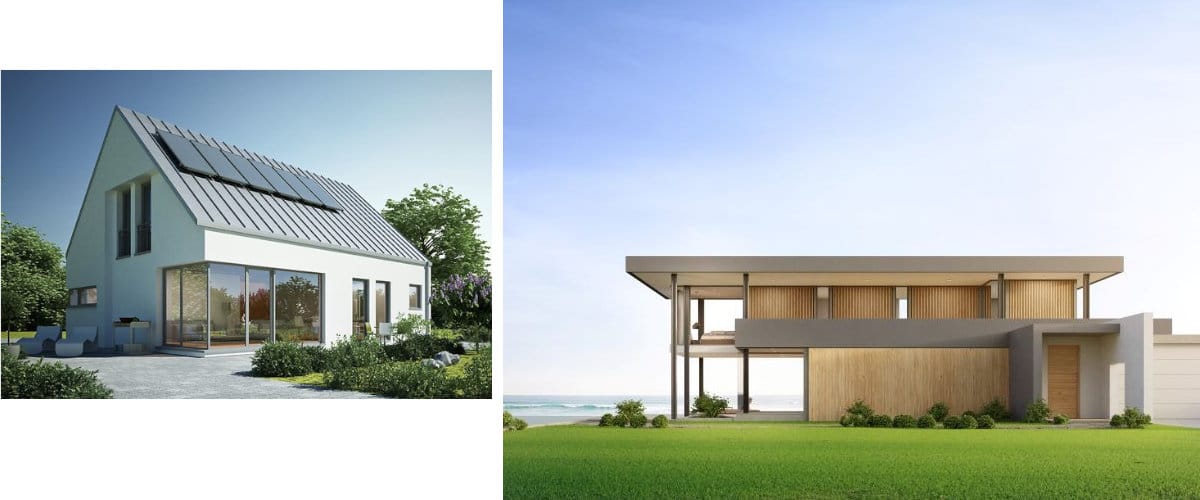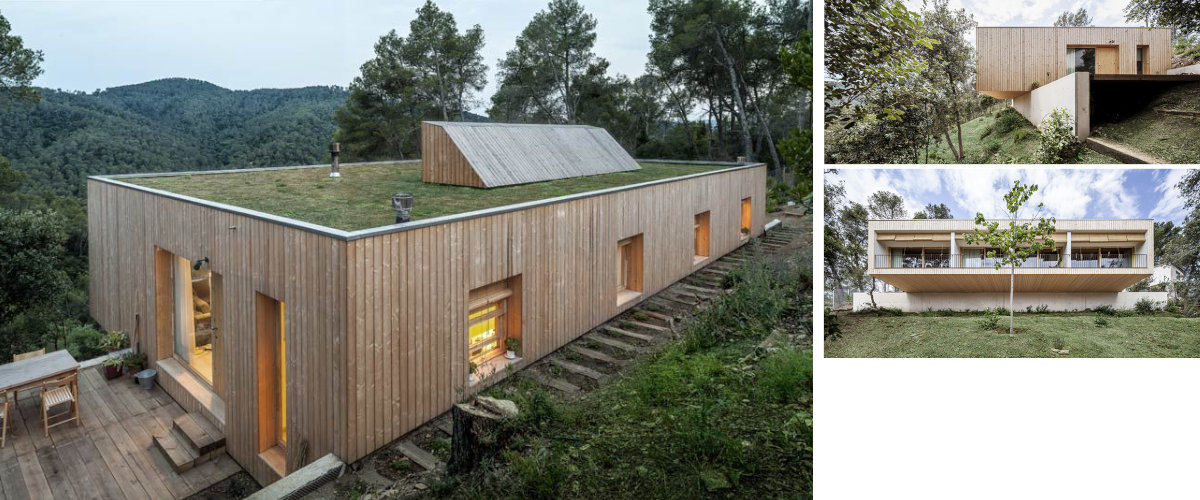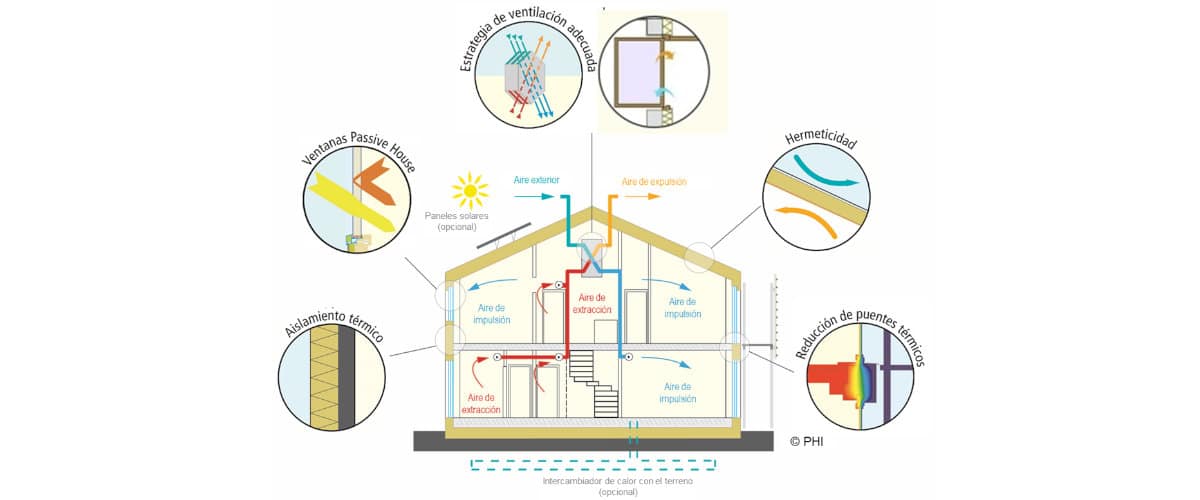
Awareness about climate change it is increasing in the population. There are many of us who have adopted new habits in recent years in order to reduce our ecological footprint and also many projects committed to these values that have been developed.
The world of architecture is no exception. Building with local products and materials that respect the environment and efficient models that save energy is a priority today if we want to look to the future with hope. The passive and ecological houses today they are a great alternative to traditional constructions. But do we know the nuances between one and the other?
What is a passive house?
Passive houses are those that, through a series of bioclimatic strategies, reduce the demand for active energy as much as possible. In other words, those that, taking advantage of architecture and design, help us to maintain comfortable interior conditions -temperature, humidity ... - with the minimal active energy consumption. Referring with active energy to the services that use energy to function, whether they are renewable or not, such as electricity or gas.
In a passive house, between 80 and 90% of its operation is based on a good bioclimatic design strategy. The remaining 10% corresponds to the minimum contribution of external energy necessary to guarantee the comfort that in our climate would correspond to heating, essential in the middle of winter.
Basic principles of a passive house
- Efficient use of the sun. Passive houses seek efficient use of the sun through different passive elements applied to the external envelope of the building. These will be in charge of both collect solar radiation, as to eliminate the accumulated heat on summer days. Good orientation is the first step. In cold places it will be sought for the sun to penetrate the structure and the materials to absorb this energy. In very hot places, however, it will be necessary to protect the structure of these.
- Insulation and thermal bridges. Much of the energy consumption of a home is concentrated in heating in winter, so good thermal insulation is a key concept to build a passive house. The objective is to store the heat indoors during the winter, for which it will be necessary avoid thermal bridges; heat escape routes, usually the result of a discontinuity in the insulation.
- High performance windows. Openings in the outer casing allow for solar radiation capture, but they also become an element with risk of generating thermal bridges. To avoid this, it is necessary to bet on carpentry that ensure tightness and glass with intermediate air chambers that improve thermal performance by limiting energy transmission and even trapping heat as occurs with low-emissivity glass.
- Ventilation. Cross ventilation, which is based on generating natural air currents in the home that allow its renovation and at the same time improve the climatic conditions of the same, it is a common practice in passive houses. In a practice that guarantees natural ventilation as does mechanical ventilation with heat recovery, a strategy that manages to recover a large part of the energy that goes out through ventilation.
What is an ecological home?
If, in addition to a passive house, it has been built with local, recyclable materials and with a long useful life, and following a process that is respectful with the environment and non-polluting, we would be talking about aEcological house. In other words, a passive house is also ecological when:
- Materials obtained from locally generated raw materials with manufacturing processes that save energy in order to reduce environmental impact.
- As well as recyclable materials with the aim of reducing the consumption of raw materials and waste.
- Waste is ecologically managed subdividing them by categories in such a way that they facilitate the recovery and reuse of materials.
Do you have both concepts clearer now? Do you think it is important to change the way houses are built? Would you bet on a passive pass if you had a chance?

